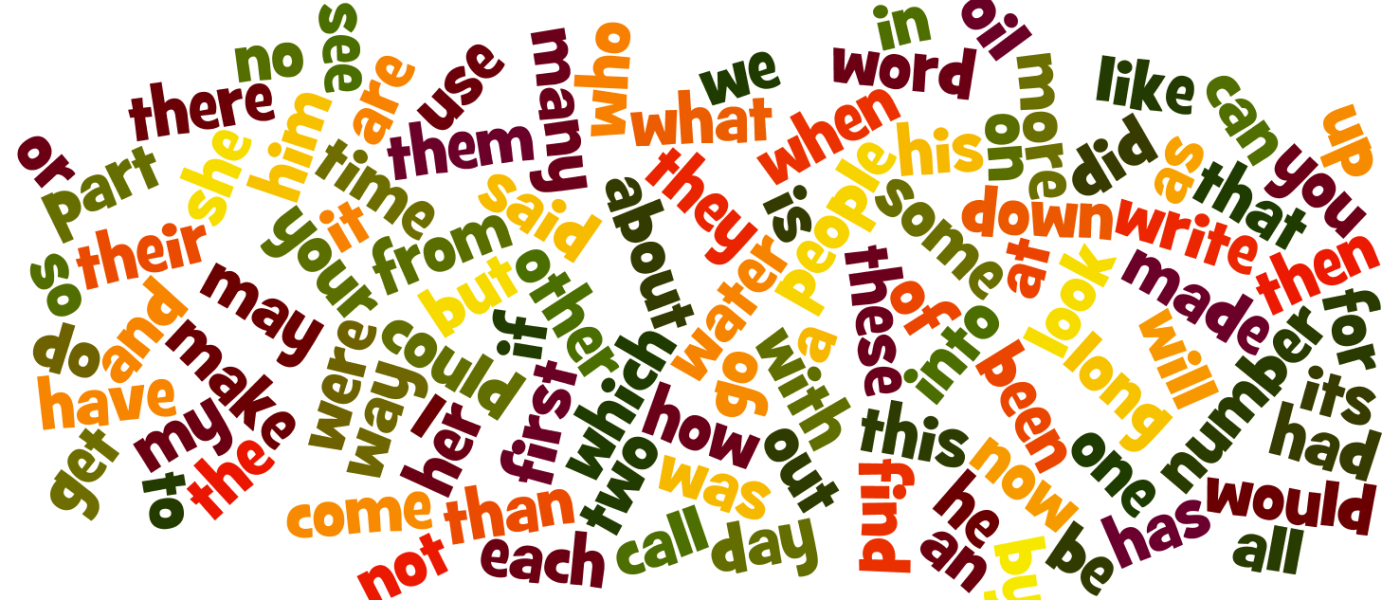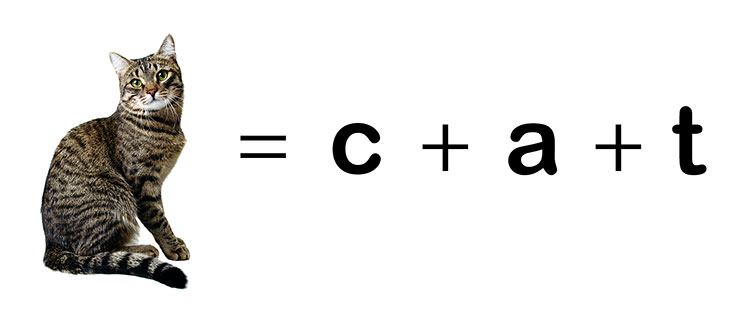
If your child is facing a reading struggle and you have tried everything to help them read and spell, but in vain, hold on! You are not alone. In fact, there are many parents out there who struggle similarly and feel as lost as you might. Consider this – the average American is considered to have a readability level equivalent to a 7th/8th grader (12 to 14 years old). The phenomenon is more common in Canada. According to a CBN post, nearly half of the Canadians are semi-literate or struggle with literacy.

There is something clearly off with our education system that is rendering children weak at reading. Reading struggles of early childhood manifest themselves into major resistance towards reading and hence being academically inclined, later on in adolescence and adulthood. While the very command ‘go read for some time’ can turn on defensive instincts in many children, many others simply love it and treat reading time as their ‘fun time’. What’s really different? It is the mode of teaching the skill of reading that makes this whole lot of difference.
The traditional schools expose children to reading by making them remember shapes and patterns of alphabets and words. Heavy usage of ‘sight words’ in teaching is what is actually detrimental to a child’s reading ability.
What are SIGHT WORDS?
Sight words are commonly used words like ‘be’, ‘it’, ‘does’, ‘each’, ‘but’, etc. While these words appear in text very frequently, many of these words cannot be “sounded out.” Hence, young children are encouraged to memorize these words as a whole by sight, so that they can automatically recognize these words in print without having to use any strategies to decode them. Sight words account for a large percentage (up to 75%) of the words used in beginning children’s print materials.

There are several word lists that compile the most commonly used sight words. One such list is the Dolch List. Learning sight words inherently means that children would be able to identify a large part of the text they are about to read. This, however, has an antithesis.
What is the problem with teaching to read using sight words?
The problem with teaching how to read using sight words is that it IS a tad bit confusing for children of younger ages. This is because there are so many words with similar shapes that a child can find it confusing to distinguish between ‘burn’ and ‘barn’ for example – by simply looking at the words. For a child who is taught sight words, it becomes all about memorizing word shapes without distinguishing between sounds. For a child taught only by sight words, the words like ‘barn’, ‘burn’, and ‘born’ would all look different. This is eliminated when taught by phonemics. Let’s understand more about this term and why it can be a total game-changer for kids!
What is PHONEMIC AWARENESS?
Phonemic awareness is the ability to notice, think about, and work with the individual sounds (phonemes) in spoken words. Manipulating the sounds in words includes bending, stretching, or otherwise changing words.

Teaching phonemic awareness is critical for young children to eliminate any future reading struggles. It requires the children to notice how each of the letters represents different sounds. Phonemic awareness or the knowledge of phonemes primes the young readers for reading from print. It gives them a way to approach sounding out and hence, reading new words. It also helps them understand the basic alphabetic principle (that the letters in words are systematically represented by sounds).
Reading by Sight Words VS. Reading by Phonics
Learning to read involves being able to process both decodable and non-decodable words. Memorizing sight words can help children to get off to a faster start and can help build their confidence rather quickly. However, just on its own, learning by sight words can leave some major gaps in your child’s development as a reader. Reading by sight words depends heavily on memorization. Whereas, learning by phonics lays the foundation for long-term success in reading. Whenever your child comes across a word that is new to them and they haven’t memorized it as a sight word, they have a choice:
- They can skip it and miss out on the meaning
- They can try to break it down and figure it out based on the sounds the letters make
The biggest advantage of creating phonemic awareness is that it makes the child an accurate reader. The children who are taught by phonics are less likely to just guess what a word is. This is the secret sauce! This is the proven formula to teach children to read and spell efficiently.
How can you teach phonemes as a parent?
One of the easiest ways to teach phonemic awareness is to teach differentiating sounds within a single word. For example, ask your child to say three words where two words begin with the same sound and one word begins with a different sound, such as r-r-rat, r-r-rain, m-m-man. Ask your child to tell you the word that does not begin the same.

Another way to build phonemic awareness during the initial learning years is to use lots of rhymes and stress on rhyming words. For example, “Jack and Jill went up the hill.” Point out ‘Jill’ and ‘hill’. “We have fun in the sun.” Point out ‘fun’ and ‘sun’.
Looking for more expert help?
Convinced but looking for more help? Look no further, we at Talentnook have got you covered. Our flagship program called Elements of Reading Program is designed to help children of all ages without boxing them into preset categories. Reading can be a challenge for many kids. Learning the fundamentals of reading and getting the right support can help your child become a better reader. And in turn, a better writer and better grades in all subjects. That’s what our Elements of Reading course is all about.
We understand that each child’s learning needs and style are unique and hence, we stress on a pre-assessment to understand their weaknesses and strengths first. You too can request a free assessment here for your child to gauge their current reading, writing, phonemic awareness levels.
What’s more at Talentnook?
You can connect with thousands of tutors in your neighborhood for lessons in math, science, art, piano, Spanish, French, and everything your child may need help with! All of this comes with the advantage of being able to browse through tutor profiles and request demo lessons before engaging any tutor. Register now to take your child’s learning journey to the next level! Happy learning and growing!
Read more such informative articles on our blog.